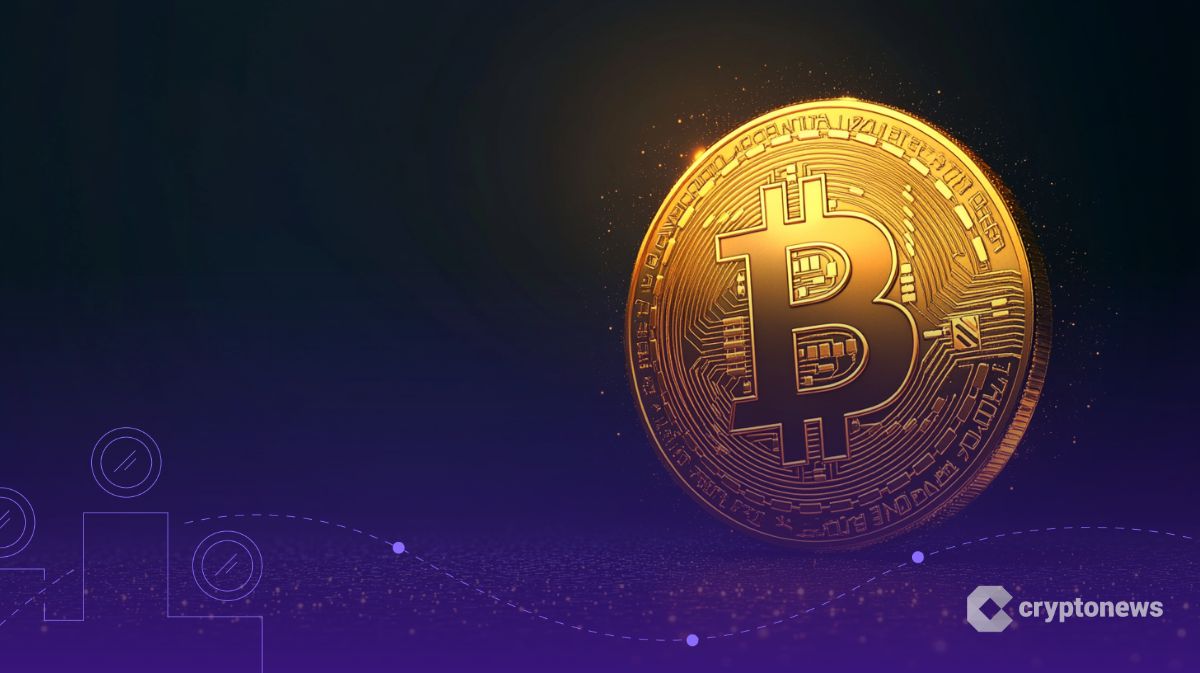$30T Tokenization Market: Chainlink Partners with ICE for Secure Onchain FX, Metals Data
Key Takeaways:
- ICE’s data integration into blockchain platforms could encourage cross-industry discussions on common technical and compliance frameworks.
- Expanding tokenized markets may drive collaboration between regulators, traditional exchanges, and blockchain providers to align reporting and settlement protocols.
- Future on-chain data integrations could include emerging asset classes beyond those currently served, depending on market demand and policy direction.
Chainlink has partnered with Intercontinental Exchange (ICE) to provide foreign exchange and precious metals rates onchain through Chainlink Data Streams, according to a press release published on August 11.
The arrangement uses ICE’s Consolidated Feed, which compiles pricing from over 300 exchanges and marketplaces, as a contributor to Chainlink’s derived FX and metals data.
ICE Data Feed to Power Chainlink
This information will be distributed to more than 2,000 applications, financial institutions, and infrastructure providers within the Chainlink ecosystem.
Maurisa Baumann, Vice President of Global Data Delivery Platforms at ICE, said the feed offers “trusted, structured multi-asset class data to banks, asset managers, and ISVs located around the world.”
She added, “We’re happy to work with Chainlink to securely and reliably provide data for on-chain markets, which is an important step in growing the global blockchain economy.”
Chainlink said the integration supports the development of new tokenized asset types by supplying DeFi applications with tamper-resistant data that meets traditional market requirements. ICE will serve as one of several providers for Chainlink’s data sets, which are designed to support low-latency, high-frequency settlement.
Fernando Vazquez, President of Capital Markets at Chainlink Labs, described the collaboration as “a watershed moment in the evolution of global markets,” pointing to the role of on-chain infrastructure in accommodating large-scale tokenization.
Combining TradFi and Blockchain Infrastructure
The companies said that with tokenized real-world asset markets projected to reach $30.1 trillion, demand for secure, institutional-grade data services is expected to grow.
While the current scope covers FX and precious metals, industry observers note that partnerships between data vendors and blockchain infrastructure providers could expand into equities, fixed income, and other asset classes, depending on regulatory developments and adoption trends.
Integrations of traditional market data into blockchain-based systems are also being closely watched by financial regulators, who are weighing how such services fit into existing compliance frameworks and market oversight practices.
These integrations and collaborations show the way to a more hybrid financial system, where traditional market infrastructure and blockchain-based networks operate in parallel, supporting cross-platform settlement and shared data standards.
También te puede interesar

GMO Miner launches XRP contracts for stable daily returns

Ukraine’s cyberpolice extradited crypto criminal from FBI’s international wanted list to the US
